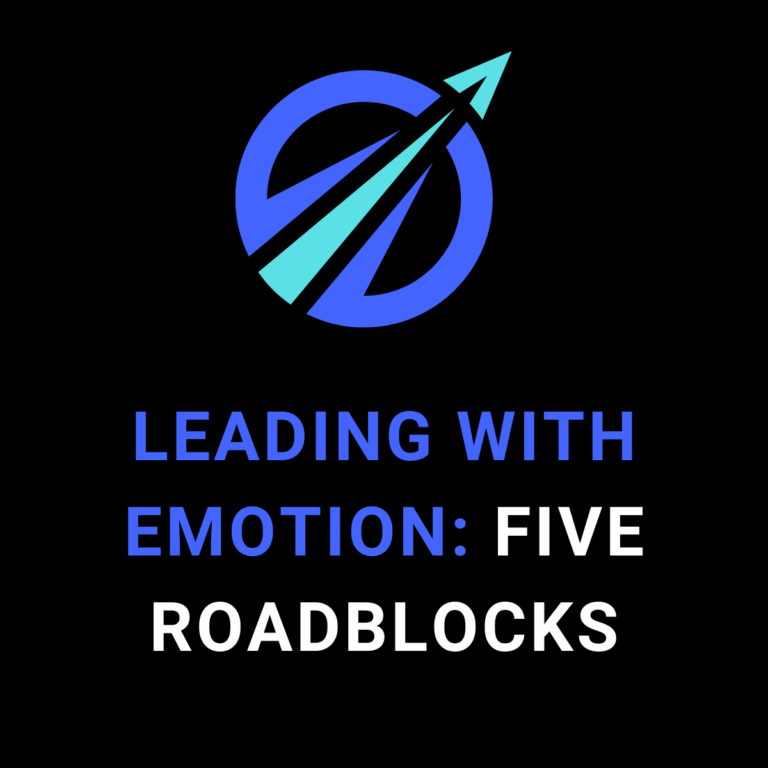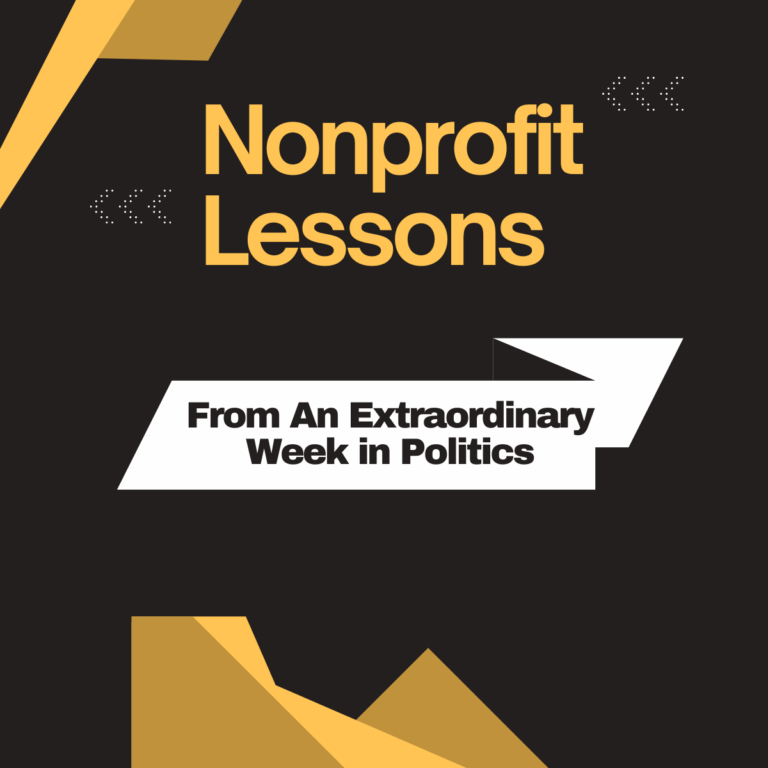One of the most critical tasks in persuasive messaging is identifying barriers to the message you’re trying to get across and finding ways to overcome them. We’re seeing a case study unfold right now as California Governor Gavin Newsom advances a plan to temporarily gerrymander California in response to aggressive partisan gerrymandering by Texas Republicans.
At the heart of the Democratic counter offensive is this uneasy proposition: “The best way to save democracy is for Democrats to temporarily engage in practices that undermine the democratic process.”

Here’s how I described the lay of the land in a recent post on my 2026 Path to Persuasion publication on Substack.
“Partisan gerrymandering is a despicable practice that defeats competition and distorts the democratic process by allowing politicians to choose their voters.
“The American public agrees. A recent YouGov poll indicates that “(w)hile many Americans don’t know a lot about gerrymandering, when it is described, large majorities view it as unfair (76%), a major problem (76%), and something that should be illegal (69%).”
“However, while 80% of Democrats believe partisan gerrymandering should be illegal, they are evenly split (40% support, 39% oppose) on the specific question of redistricting to counter gerrymandering by Texas Republicans.”
In addition, Many leading Democrats, including Newsom, have long advocated for strong measures to stop gerrymandering, not promote it.

Let’s examine the five key arguments Newsom is advancing and the barrier-defeating messaging strategy behind them.

“Wake up America. This is a serious moment. Wake up to what’s going on. Wake up to the fear, anxiety . . . We need to disabuse ourselves of the way things have been done. It’s not good enough to just hold hands, have a candlelight vigil and talk about the way the world should be.”
“We do have agency. We’re not bystanders in this world. We can shape the future.”
When you can identify negative emotions that are pressing in on your audience and provide a credible path to relieving them, you are in powerful persuasive territory.
Newsom’s first argument speaks directly to the fear and frustration the Democratic base has been feeling. The bold action he is taking stands in sharp contrast to congressional Democratic tactics that have felt weak, ineffective and way too close to a politics-as-usual response to the unprecedented, no-holds-barred actions of Trump and his allies.
And he’s offering a path forward to people who have come to doubt whether there is any way they can effectively push back.

“We’re doing this in reaction to a President of the United States that called a sitting Governor of the State of Texas and said ‘Find me five seats.’ We’re doing this in reaction.”
“We tried to raise the standards and these guys are not playing by any set of rules.”
Here Newsom is also laying the groundwork for an “extraordinary circumstances require an extraordinary response” defense. He seeks to ease potential discomfort with his proposals by emphasizing that the California redistricting will only take place if triggered by Texas or another Republican state undertaking a partisan, mid-decade gerrymandering.

“We’re doing this mindful of our better angels. We’re doing it mindful that we want to model better behavior as we’ve been doing for 15 years in the state of California with our independent redistricting commission.”
“This is the difference between what’s happening in Texas and what’s happening here in California. . . We’re working through a very transparent, temporary and public process. We’re putting the maps on the ballot and we’re giving the power to the people.”
By mentioning being “mindful of our better angels,” Newsom is acknowledging that the Election Rigging Response Act is venturing into uncomfortable territory.
But then, having raised the barrier, he moves to emphasize critical differences between a backdoor legislative scheme and a transparent “let the people decide” statewide vote on a measure that is “temporary, transparent, and public.”

“We will affirm our commitment to the state redistricting commission after the 2030 census. . . and we will do so in a way that also affirms our commitment to level the playing field all across the United States. We believe in an independent national redistricting framework.”
Newsom’s entire strategy and messaging are built around a recognition that peoples’ resistance to advancing an anti-democratic practice is a serious barrier.
So, he’s not just promising that it’s a temporary measure. He’s bending over backwards to reassure people that supporting his proposal is consistent with an active affirmation of support in California and across the nation for an independent redistricting framework.

“You have the power on November 4th in California to stand up to Donald Trump. You have the power to support a system that is not rigged. You have the power to stand up for people that are being bullied.
“You have the power to stand up for people that are being intimidated. You have the power to declare that you support a system that is not rigged. You have the power to stand up for the rule of law. We’re giving the people of this state the power to save democracy.”
If the redistricting battle ends up looking like nothing more than a tit for tat partisan food fight, the high-minded case Newsom is trying to make could fall flat.
The language above recognizes the importance of making this not a debate about gerrymandering, but rather a contest over what Republicans intend to do with the power gerrymandering gives them.
And, significantly, Newsom’s use of the “you have the power” refrain aims to address yet another barrier we mentioned earlier – peoples’ concern that there’s no effective way for them to resist the Trump assault.

As the debate unfolds and the November 4th California vote approaches, we will see how well Newsom’s messaging strategy holds up. But his initial approach contains important lessons:
These are all crucial dynamics to take into account when confronting barriers on the path to persuasion.









